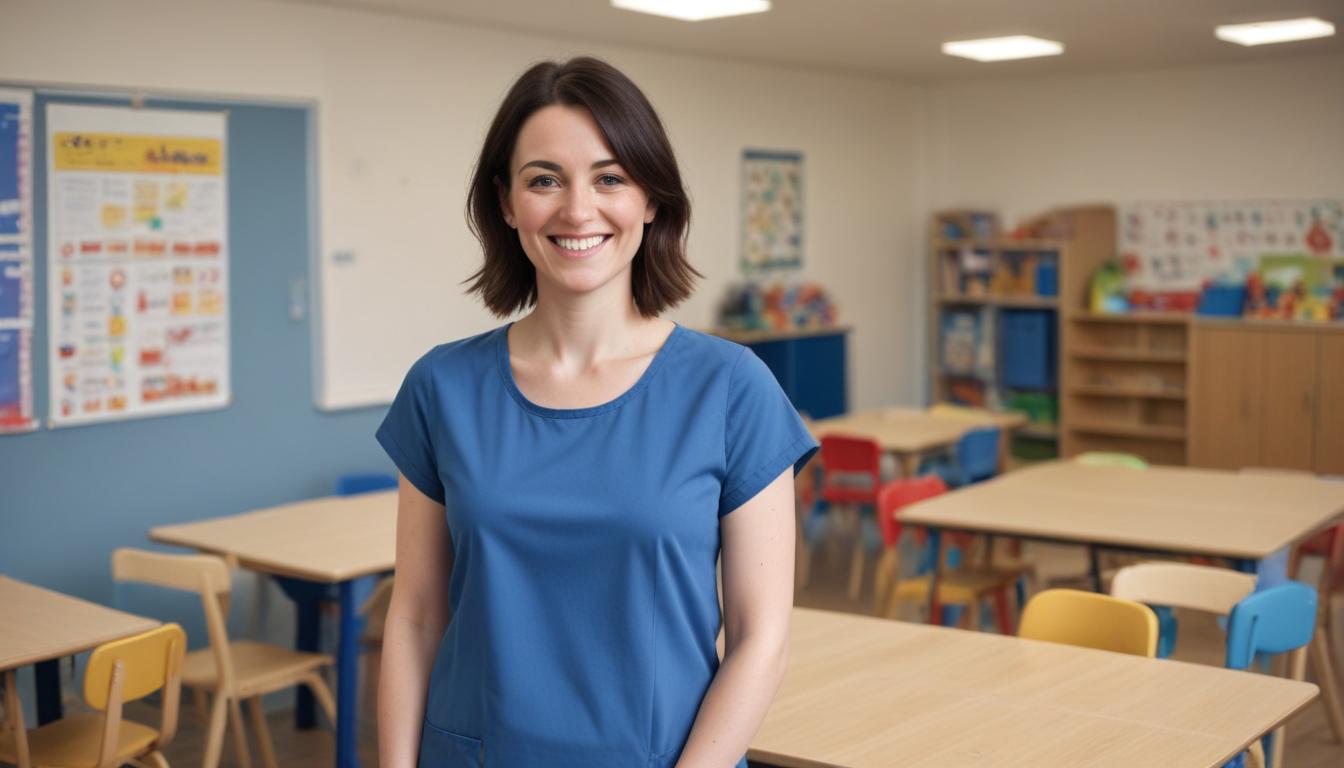This guide will help you answer 6.1 Summarise a range of underpinning theories and their impact to child development.
Child development theories help us understand how children grow, learn, and behave. These theories explain the changes that occur in physical, cognitive (thinking), emotional, and social development. They provide a foundation for early years practitioners to plan activities, identify needs, and support every child’s development.
Several key theories have influenced early years practice. Each explains development in different ways and highlights various factors that impact how children grow. In this guide, we cover some of the main theories and their impact.
Piaget’s Cognitive Development Theory
Jean Piaget was a Swiss psychologist who studied how children think and learn. He believed children develop cognitive skills through stages, meaning their thinking and understanding grow with age. Piaget’s theory focused on how children construct knowledge by interacting with the world.
Piaget identified four stages of cognitive development:
- Sensorimotor Stage (0–2 years): Babies and toddlers explore the world through their senses and actions. For example, they might shake a rattle to understand how it makes noise.
- Preoperational Stage (2–7 years): Young children begin using words, images, and symbols but struggle with logic. They may see things only from their perspective, known as ‘egocentrism.’
- Concrete Operational Stage (7–11 years): Thinking becomes more logical and organised. Children also start understanding concepts like time and quantity.
- Formal Operational Stage (11+ years): Abstract thinking and problem-solving skills develop.
Impact on Practice:
Piaget’s theory highlights the importance of hands-on activities, play, and exploration. Early years practitioners can use his ideas by offering games, sensory materials, and open-ended play opportunities suited to the child’s stage of development. For instance, young children might learn better through building blocks, while older children may benefit from problem-solving tasks like puzzles.
Vygotsky’s Sociocultural Theory
Lev Vygotsky, a Russian psychologist, focused on the role of social interaction in learning. He believed children learn through relationships and the cultural environment around them. A key concept in his theory is the Zone of Proximal Development (ZPD). This refers to the gap between what a child can do alone and what they can achieve with support. Vygotsky said adults or peers could guide children through this gap by offering support or ‘scaffolding.’
Impact on Practice:
Vygotsky’s theory encourages group activities and collaboration. Practitioners can support children’s development by observing what they can do independently and providing just enough help to improve skills. For example, when a child struggles to tie their shoelaces, a practitioner might guide their hands rather than doing it for them. His theory also emphasises the value of cultural influences, meaning practitioners should include diverse materials, languages, and traditions in the learning environment.
Erikson’s Psychosocial Theory
Erik Erikson studied emotional and social development. He proposed that people go through eight stages of psychosocial development across their lives, with each stage presenting a challenge that shapes identity and confidence. In early childhood, these stages include:
- Trust vs Mistrust (0–1 year): Infants need consistent care to develop trust in their carers and feel safe.
- Autonomy vs Shame and Doubt (1–3 years): Toddlers strive for independence, such as learning to feed or dress themselves. Encouragement builds confidence, while criticism may lead to shame.
- Initiative vs Guilt (3–6 years): Preschoolers begin to take initiative in activities, such as making up games. Support fosters creativity, while too much control may result in guilt.
Impact on Practice:
Erikson’s stages stress the importance of building positive relationships with children and supporting their attempts to be independent. Practitioners can show patience with tasks like toilet training or dressing and provide choices during play. This builds confidence and resilience.
Skinner’s Behaviourist Theory
B.F. Skinner focused on behaviour and how it is shaped by rewards or consequences, a process called operant conditioning. Skinner argued that behaviour followed by positive reinforcement (e.g., praise or rewards) is more likely to be repeated. Negative actions decrease with punishment, but he believed reinforcement was more effective than punishment.
Impact on Practice:
Behaviourist ideas are often applied to manage behaviour in early years settings. Practitioners can praise good actions, like sharing or tidying up, to encourage repetition. For example, offering stickers for completing an activity motivates children to participate. However, careful use of reinforcement is needed to avoid dependence on rewards.
Bandura’s Social Learning Theory
Albert Bandura suggested that children learn behaviours by observing and copying others, known as modelling. His famous experiments showed how children imitate both positive and negative actions they see in adults or peers. Bandura added the concept of self-efficacy, the belief in one’s own abilities, which influences motivation and learning.
Impact on Practice:
Bandura’s theory highlights the importance of being a positive role model. Practitioners should show kindness, patience, and respect, as children are likely to copy these behaviours. Group games, role play, and storytelling activities can help develop empathy and social skills.
Bowlby’s Attachment Theory
John Bowlby believed all children need secure attachments to thrive emotionally. Attachments are formed with consistent and responsive caregivers, usually during the first two years of life. Bowlby argued that these early bonds influence emotional well-being and future relationships. If attachment needs are unmet, this might lead to anxiety or difficulty trusting others.
Impact on Practice:
Practitioners can act as key persons who provide sensitive care and respond to children’s needs. Warm interactions and building trust help children feel secure enough to explore the environment. Bowlby’s ideas also emphasise the value of transitions being handled gradually to prevent distress.
Bronfenbrenner’s Ecological Systems Theory
Urie Bronfenbrenner described development as being shaped by several interconnected systems:
- Microsystem: Immediate relationships, such as family, friends, and teachers.
- Mesosystem: Interaction between microsystems, like the connection between parents and nursery staff.
- Exosystem: Wider environments that indirectly affect the child, for instance, parents’ workplaces.
- Macrosystem: Broader cultural values and laws.
- Chronosystem: The influence of time, including life events or historical changes.
Impact on Practice:
Bronfenbrenner’s theory shows how different elements of a child’s life influence development. Practitioners can engage parents and consider factors outside the nursery, like family stress or cultural backgrounds, when planning care. Open communication with families helps create consistency between home and the setting.
Maria Montessori’s Approach
Maria Montessori developed an educational philosophy focused on independence, self-directed learning, and the environment. She believed children learn best when they have freedom of choice and access to materials suited to their interests. Montessori classrooms often include hands-on tools and promote tasks like cleaning or gardening.
Impact on Practice:
Montessori principles can inspire creating calm, organised spaces where children can move freely between activities. Practitioners might provide activities that match a child’s interests, like sand trays for sensory exploration. Encouraging self-care tasks, such as pouring drinks, helps build independence.
Conclusion
Each theory offers valuable insights into specific aspects of child development. While they differ, all these ideas highlight the importance of providing responsive care, opportunities for play, and positive relationships. By understanding these theories, early years practitioners can tailor their approach to meet the needs of individual children and support their overall development.
Subscribe to Newsletter
Get the latest news and updates from Care Learning and be first to know about our free courses when they launch.







